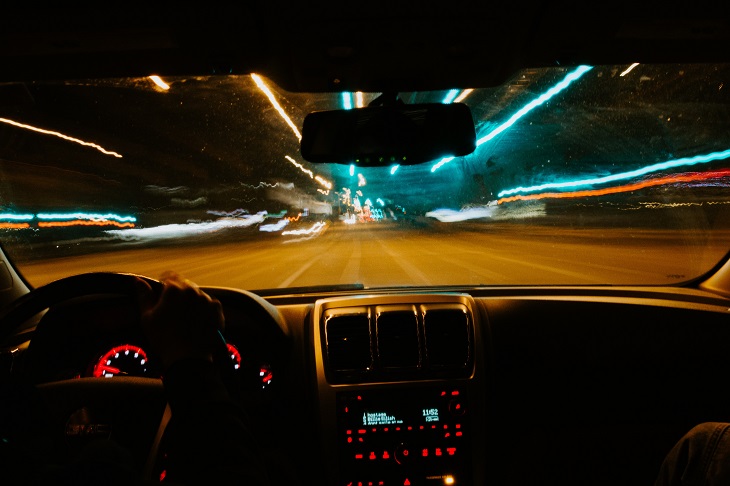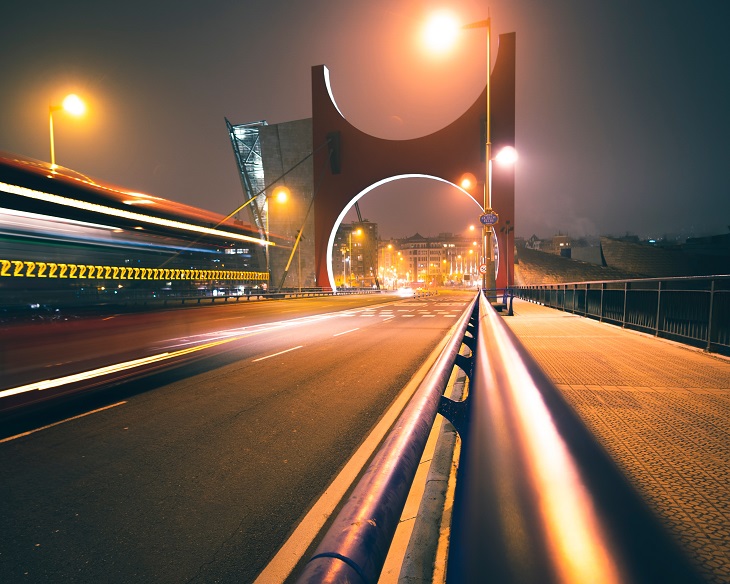Driving is a privilege that some confuse with being a right. There are rules and regulations by which every driver must abide while behind the wheel. These are in place to keep everyone on the road safe. After all, cars are heavy machinery, and according to the Centers for Disease Control and Prevention (CDC), roughly 1.35 million people will die each year due to car accidents across the globe. In the United States, traffic crashes are the leading cause of death for people under the age of 54.
These statistics alone should be enough to ensure everyone lucky enough to own and operate a vehicle follows the rules of the road, but that’s not true for all. In fact, dangerous behaviors such as reckless driving are all too common – and may have become even more so during recent times. This leads to the question: is COVID making people drive more recklessly? Let’s find out.
What is reckless driving?
Reckless driving is defined as a willful disregard for the safety of people or property while operating a vehicle. In the United States, the laws surrounding reckless driving are clear; it is considered to be a major moving traffic violation. Although some may think that reckless driving is similar to careless driving, the two are not one and the same.
Some examples of reckless driving include speeding, tailgating (not leaving sufficient distance between your vehicle and the vehicle in front), not using turn signals, running stop signs or red lights, drunk and distracted driving, and failing to yield to right-of-way laws on the road. The consequences of reckless driving can be serious. Aside from causing injury or traffic accidents, a driver who is caught reckless driving can be fined or imprisoned, or have their license suspended or taken away.

Is reckless driving on the rise?
A report published by the National Safety Council in 2019 found that motor vehicle accidents causing death were actually decreasing. Between 2017 and 2018, they decreased by 2%, and then again between 2018 and 2019 they decreased by another 2%. The reasoning behind the decrease is not entirely known, but the report suggests that new laws and regulations, such as lowering the legal alcohol limit, go hand in hand with mitigating reckless driving.
However, pedestrians have paid the ultimate price for reckless driving in the past. According to the CDC, specific reckless driving incidents involving alcohol use account for close to half of all pedestrian accidents, with 17% of those being the driver who was under the influence. In terms of pedestrian fatalities, those numbers had also decreased by 3% from 2018 to 2019. Those downturns in deaths could be attributed to lowered rates of reckless driving – but after 2019, that has changed.
Reckless driving during the COVID-19 pandemic
The COVID-19 pandemic has been taking its toll on the world in various ways since early 2020, and when it comes to reckless driving, it has played a hand in increased traffic incidents. According to an article published in the Washington Post, it took only three months into the pandemic for drivers to begin engaging in reckless driving behaviors such as speeding. This has led speed-related crashes to increase as well.
With empty roadways caused by lockdowns and stay-at-home orders, many who were out on the roads began to speed well over the limit. The assumption is that with less cars on the road, these drivers believed they could get away with it; however, for many people disobeying speeding laws, crashes ensued. The same article in the Washington Post stated that 42 people lost their lives in car accidents in the 45 days following the implementation of the state’s first pandemic stay-at-home order. (In the same period of 2019, only 29 people suffered the same fate on Minnesota highways.)

Emptied roads have left room for people to drive recklessly, and multiple reports of drag racing, speeding, and driving well over the legal speed limit have been reported across the country. Although there is less traffic (down 41% overall across the country), the increase in traffic incidents is a cause for alarm.
Driving safely is the main thing people can do to lessen the risk of fatal or serious car accidents. Reckless driving may have been on the rise during the pandemic, but those who are part of the problem should know that driving is a right and not a privilege. Driving safely is a responsibility and should always be treated as such, no matter the circumstances of the road or the world at large.
Featured image by Samuele Errico Piccarini on Unsplash

